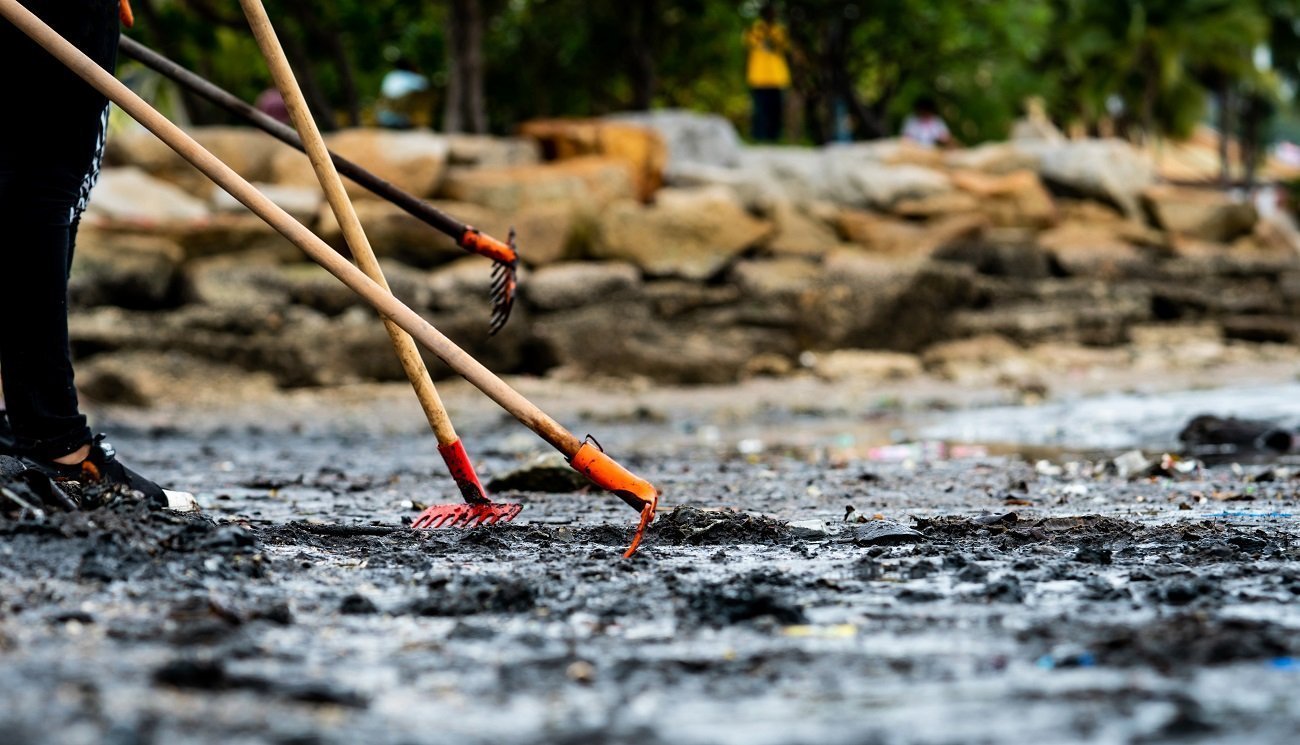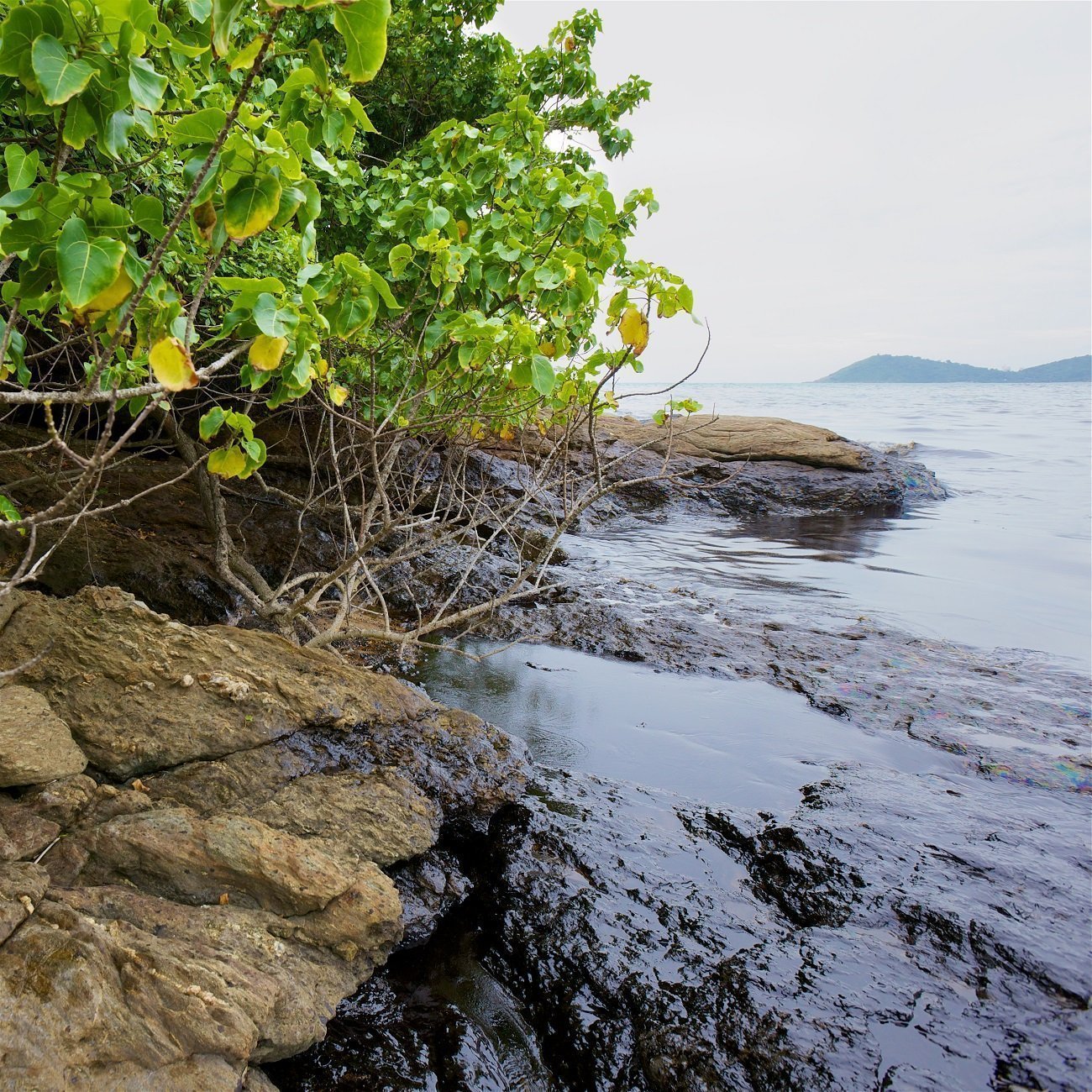We humans have come an incredible way since we started using oil and learned how to use it. The oil, which provides the energy that activates our vehicles and even carries them to space, has also entered our tables by forming the raw material of plastic.
There is oil at every point in our lives. The keyboard we use while writing this article, the computer or the phone you read, even in the packaging of the food we eat.
Of course, the damage that people do to nature in their dealings with oil cannot be denied. However, the damage this hydrocarbon compound does not only to humans but to nature as a whole is enormous. Oil used in the energy sector causes great damage to the ecosystem, starting from the atmosphere. As a result of improper recycling of plastic products, 275 million tons of waste is generated every year in the world. These wastes are not limited to garbage dumps, tens of thousands of tons of them accumulate in seas and oceans, forming huge islands of garbage. The size of the island garbage piles, called the 7th Continent in the Pacific Ocean, continues to grow with each passing year.
Exxon Valdez Disaster
On March 23, 1989, oil tanker Exxon Valdez left Alaska with 200 million liters of crude oil. Shortly after midnight on 24 March, it reached a joint collision point known as Bligh Reef. In this ominous place with a large number of shipwrecks, hull damage occurred in the ship’s oil transport compartments and 47 million liters of crude oil spilled into the environment in a short time. Such a major accident and the ensuing oil spill went down in history as the world’s largest tanker accident.
The oil released after the accident made the business worse. After the seriousness of the accident was understood, the cleaning work could not be started immediately due to the adverse weather conditions and the magnitude of the damage on the ship.
Despite subsequent clean-up efforts, it is estimated that more than 80 acres of coastline off the coast of Alaska are still contaminated. No matter how well the cleaning works are done, the oil layer hidden on both the surface and the bottom of the water will threaten the environment, perhaps forever.
Even if Prince William Bay beaches are excavated a bit today, it is possible to come across oil waste.
Cleaning
On March 24, a solvent mixture was left by helicopter to the surface by a private company, but the helicopter missed the target area. The product used was not approved by the public. It was criticized by landowners, fishing groups and environmentalists.
Physical cleaning began soon after, but a thick layer of oil and algae was clogging the equipment. Despite the civilians’ insistence on complete cleanliness, only 10% of the rashes were cleared. Exxon was going too slow to clean up the disaster, and Valdez mayor said that the Exxon company betrayed society because of its slow response to the disaster. More than 11,000 Alaskan residents, along with some Exxon employees, worked across the region to restore the environment. At that time, pressure from both scientists and the public would clarify everything. Despite extensive cleanup attempts, only 10% of the debris was cleared.
Destructive Impacts on the Environment
Both long-term and short-term effects of the oil spill has been studied. Between 100,000 and 250,000 seabirds, at least 2,800 otters, 300 seals, 247 bald eagles, 22 killer whales and an unknown number of fish lost life due to the leakage.
Although oil has decreased significantly, research shows that the oiled beach area has changed a lot since 1992. Research conducted by NOAA in 2001 showed that 90 tons of oil remains on the beaches and 4% of oil is reduced each year. NOAA (National Sea Fishing Service)
The oil remained for much longer than expected and caused the loss of more species than expected. Numerous Fish and their eggs have disappeared. Various species, such as otters, mottled ducks, and killer whales, were threatened with immediate or long-term extinction. It may take more than 30 years for oiled mussel beds and other tidal shoreline habitats to recover.
However, Exxon rejected the concerns, speculating that the remaining oil would not cause long-term ecological impacts.
NOAA scientists reported a return to animal numbers in the pre-spill area on March 24, 2014, the twenty-fifth anniversary of the spill. He reported that the otter and some species seem to have recovered. Scientists who have monitored the spill site for the past 25 years said concerns remain for one of the local killer whale species.
Alaskan politician Berta Gardner, Alaska state senator, and the US government forced Exxon to pay a court-ordered fine of $ 92 million. Most of the money was spent on clearing the oiled beaches and reclaiming the damaged herring population.
The Exxon company paid a total of $ 507 million in punitive damages and $ 3 billion in cleaning costs as a result of the lawsuits filed for the incident. In addition, in the case filed against the captain of the ship, 50 thousand dollars and 1000 hours of public service punishment were given due to the fact that the captain was found partially at fault, but the penalties were reduced due to no loss of life.
The ecosystem and people in the region still have not fully healed their wounds. While the shipowning company and the captain were held responsible for the entire disaster and the almost endless destruction that followed, they were cleared up with almost no sanction.
Afterwards, the vessel Exxon Valdez ship was converted into an ore carrier and hit another freighter in China and the Korean peninsula in 2010. This ship, which causes incredible damage to nature throughout its lifetime, was bought by an Indian company in 2012 and recycled.



